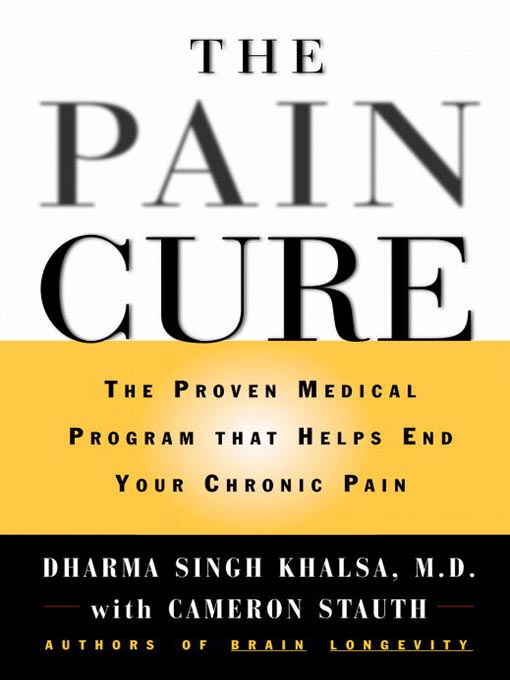
The Pain Cure
The Proven Medical Program That Helps End Your Chronic Pain
کتاب های مرتبط
- اطلاعات
- نقد و بررسی
- دیدگاه کاربران
نقد و بررسی

June 1, 1999
Khalsa (Brain Longevity, LJ 5/1/97), an integrative medicine specialist, is credited with developing "the first holistic pain management program in the southwestern United States," combining medication, nutrition, physical therapies, and mental and spiritual approaches. This book begins with an overview of the mechanism of pain and how it can initiate chronic pain or chronic pain syndrome, a difference the author explains. Next, Khalsa devotes a chapter to each aspect of his program. Additional chapters focus on specific painful conditions (arthritis, fibromyalgia, headache). The appendixes use line drawings to illustrate exercises involving meditation, yoga, breathing, and weight training. A short list of resources and recommended readings is included. Khalsa uses statistics and scientific studies liberally, but no references validate his statements. Individuals desperate to rid themselves of pain will find good information on combining traditional medical and alternative approaches, but references to "cures" and "spectacular results" may leave some skeptical. Recommended for public or consumer health libraries where there is a demand for alternative health titles.--Lisa McCormick, Jewish Hosp. Lib., Cincinnati
Copyright 1999 Library Journal, LLC Used with permission.

May 1, 1999
First, the authors of the enthusiastic "Brain Longevity" (1997) want you to learn how to experience pain without suffering. Writing in the first-person voice of physician Khalsa, they discuss methods for gaining control of rather than giving in to pain. Khalsa's four levels of handling chronic pain involve nutritional therapy, physical therapy, medications, and mental and spiritual control. Since acute pain is a symptom and chronic pain a disease, the patient with acute pain should promptly consult a doctor so that therapy begins before the problem becomes ingrained. Khalsa underlines the importance of serotonin, L-tryptophan, acupuncture, exercise, homeopathic remedies, cognitive therapy, and stress reduction. He inveighs against doctors who are afraid to give a patient a sufficient amount of a painkiller because they fear professional investigation, making the patient addicted, or unwittingly causing death. Regarding his patients as thinking and feeling individuals, Khalsa seeks to help them humanely and, perhaps more important, to show them how to improve their conditions by themselves. ((Reviewed May 1, 1999))(Reprinted with permission of Booklist, copyright 1999, American Library Association.)

























دیدگاه کاربران